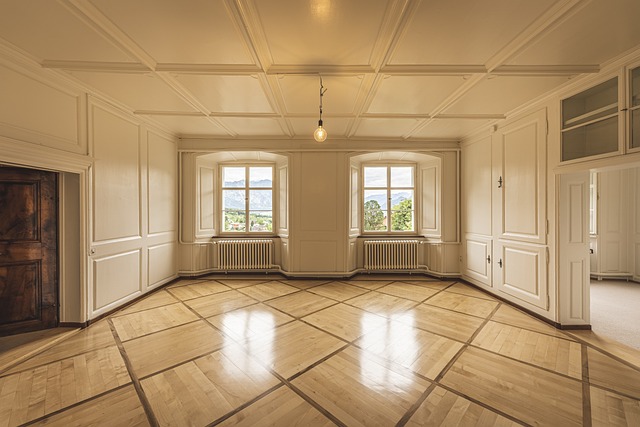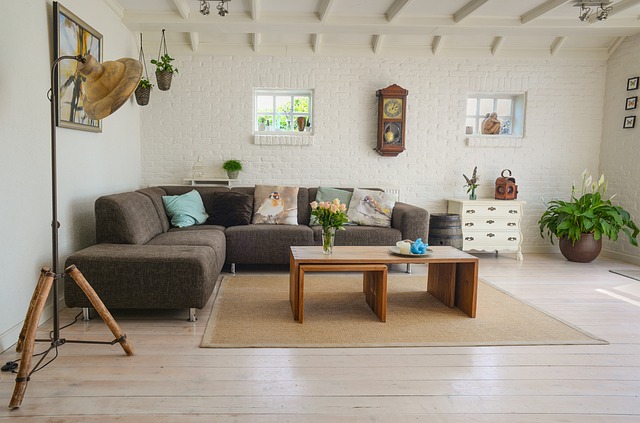In shared student housing, understanding your privacy rights is key. Establish physical boundaries using room dividers and strategic furniture placement for visual segmentation, especially in common areas. Implement digital security measures like password protection and encrypted messaging apps to safeguard online activities. Open communication about noise levels, visitors, and personal space through clear house rules fosters a harmonious environment that respects individual privacy needs.
Navigating shared student housing? Balancing academic life with personal space can be challenging. This guide offers essential tips on enhancing your privacy in close-knit living environments. From understanding your legal rights to establishing physical and digital boundaries, we provide practical strategies for creating a safe, respectful, and private sanctuary amidst the hustle and bustle of campus life. Learn how open communication and thoughtful house rules can foster a harmonious environment, ensuring your peace of mind throughout your study abroad experience.
- Understanding Your Privacy Rights in Shared Housing
- Creating Physical Boundaries for Privacy
- Digital Security Measures for Student Safety
- Communicating Openly: Setting House Rules for Respectful Living
Understanding Your Privacy Rights in Shared Housing

In shared student housing, understanding your privacy rights is paramount. As a tenant, you have legal protections that ensure your personal space remains just that—personal. Familiarize yourself with local tenancy laws and the specific terms of your lease agreement. These documents outline expectations regarding common areas, access by landlords or maintenance staff, and limits on visitors. Knowing what’s permitted and what’s not is the first step to safeguarding your privacy.
Remember, even in a shared living environment, you’re entitled to a reasonable level of personal space and quiet. Communicate openly with your roommates about boundaries—both physical and temporal. Establishing clear rules regarding noise levels, visitor hours, and access to common spaces fosters an environment that respects individual privacy needs. This open dialogue is key to maintaining a harmonious living situation where everyone feels secure and respected.
Creating Physical Boundaries for Privacy

Creating physical boundaries is a simple yet effective way to establish privacy in shared student housing. Consider using room dividers, curtains, or even bookshelves to create distinct areas within shared spaces. This can help block out visual distractions and create a sense of individual space. For example, placing a room divider near the kitchen can provide a buffer zone between cooking areas and personal living spaces, ensuring that meals don’t disrupt study time.
Additionally, utilizing privacy screens or strategically placed furniture can offer a physical barrier while still allowing natural light to enter. These boundaries can be particularly useful in common areas like lounges or bathrooms, where multiple people might gather. By creating defined zones, you can better control your environment and maintain a sense of privacy amidst shared living arrangements.
Digital Security Measures for Student Safety

In today’s digital era, ensuring privacy in shared student housing goes beyond physical boundaries. Students should initiate conversations with housemates about establishing clear rules regarding online activities, especially when using shared devices and networks. Password protection, two-factor authentication, and regular updates of security software are essential digital security measures. These steps safeguard personal information from unauthorized access, mitigating the risks of identity theft and data breaches.
Additionally, utilizing privacy settings on social media platforms and being cautious while sharing details online can significantly enhance privacy. Students should also consider using encrypted messaging apps for sensitive conversations. By combining these digital security practices with robust communication among housemates, students can create a safe and private environment, fostering a sense of comfort and security in their shared living space.
Communicating Openly: Setting House Rules for Respectful Living

Open communication is key to maintaining a peaceful and private environment in shared student housing. Before moving in, sit down with your roommates and discuss each person’s expectations regarding privacy. This conversation should cover topics like common areas, noise levels, visiting guests, and personal space. Establishing clear house rules ensures that everyone feels respected and comfortable.
For instance, decide on specific times when common areas are off-limits for privacy or set ground rules for visitors. Creating an environment where each individual’s need for solitude is acknowledged can significantly enhance the overall living experience. Remember, open dialogue and mutual respect are essential to fostering a harmonious home, especially in close quarters where privacy can be a delicate matter.






